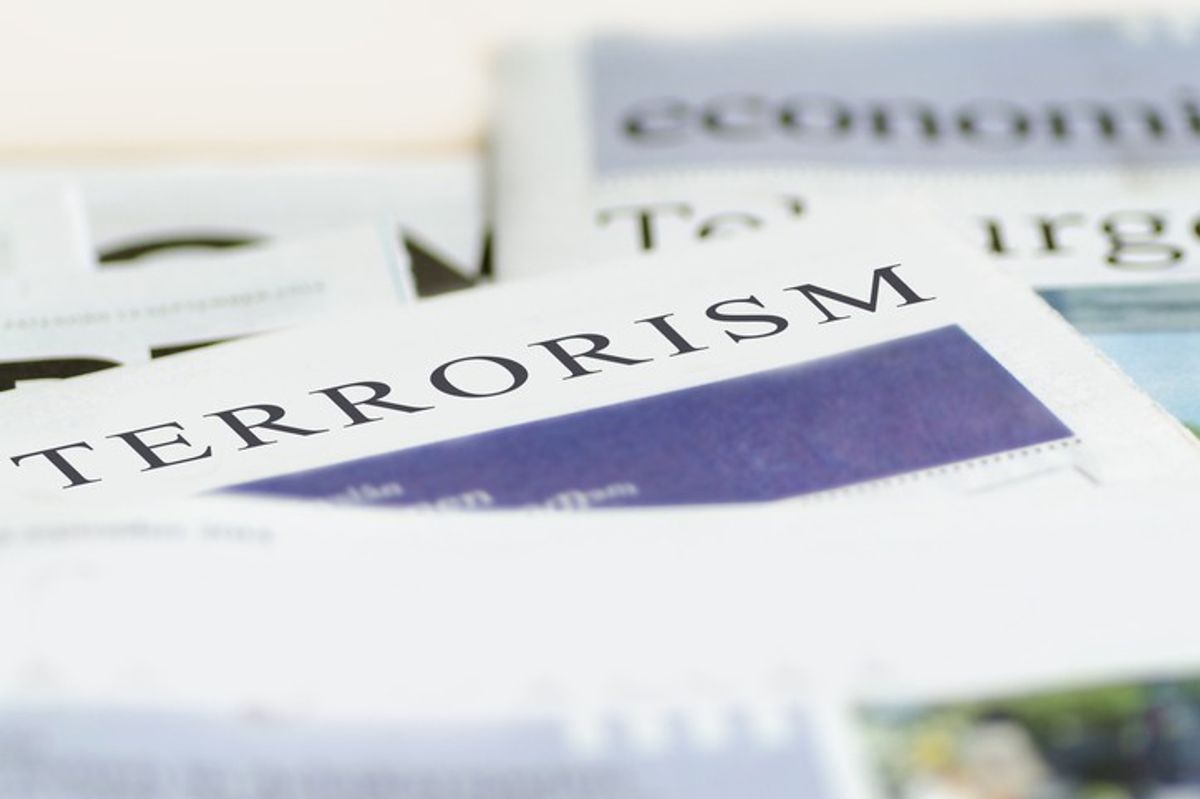Department of Homeland Security Secretary Kirstjen Nielsen delivered strategic remarks last week at The George Washington University. Her remarks, titled “Rethinking Homeland Security in an Age of Disruption,” offered candor and significant departure from DHS’ traditional priorities. This could represent major change for DHS roles and missions, both inside the Department and its relationship with others in the interagency, should much of what the Secretary said, be put into practice.
Most dramatically, the Secretary ordered a shift from a “counter-terrorism posture at DHS to a wider counter-threat posture to make sure we are doing everything possible to guard against nation-state interference.” She also said cyber-attacks now exceed the risk of physical attacks to the homeland. This is a profound change in focus for a Department set up in 2003 to better protect the homeland from foreign-inspired terrorism. It represents a change in DHS’ statutory mission that Congress will almost certainly want to review.
The Secretary identified five major changes in the threat landscape that compel a comprehensive rethink of homeland security. The first two changes are not new; “today’s threats exist in a borderless world,” and “terrorism and transnational crime have spread across the globe at fiber-optic speeds.” She said today’s threat is everywhere and not just centrally-directed, as was the al Qaeda plot of 9/11. Therefore, she said, “we must be everywhere too.”
To that end, the Secretary highlighted last year’s initiative of a first-ever “global information sharing baseline” policy requiring all nations to share information with the United States about terror threats. While it is not possible to know whether all nations are sharing all they have on terror (absent what we learn they know but are not telling us), a handful of small nations have been sanctioned for not sharing.
Furthering her focus on threats to the traveling public, she championed the new National Vetting Center, slated to open later this year, as important and meaningful. The Center is designed to better bring together all threat and analysis information for those seeking entry into the United States. President Trump rolled out this idea in February in the context of “extreme vetting.” Putting aside the President’s unhelpful and angry rhetoric designed to paint all travelers to the homeland as threatening, and assuming the intent of the Center is not to find reasons to presume denial because there is not one hundred percent certainty that entrants will not commit crimes in the future, it makes good sense for the nation to fuse together the analysts and information in one place for reviews and recommendations.
“The NSC established the National Vetting Center (NVC) in DHS to serve as a focal point for all USG vetting to support travel and border security. It is a logical enhancement to CBP’s National Targeting Center (NTC) that has developed and deployed significant capability in data analytics and integration that improves our understanding of threats to our travel and trade activities as well as our border. NVC envisions building on the NTC foundation to develop even more sophisticated tools and processes to vet individuals applying for benefits within our country.”
-Francis Taylor ‘DHS’ Big Data Integration Challenge’,The Cipher Brief, August 8, 2018
Similarly, the Secretary’s announced push to stand up a new fusion cell for countering transnational organized crime (CTOC) is good government and recognizes that the U.S. Government does not place enough priority on eliminating this threat to our communities, economy and even – sometimes – our national security.
The Secretary’s third emergent threat is the reemergence of hostile nation-state rivalries that are increasingly asserting themselves in ways that endanger the homeland. Here, the Secretary broke from the President in stating explicitly that: “At Vladimir Putin’s direction, Moscow launched a brazen, multi-faceted influence campaign to undermine public faith in our democratic process and to distort our presidential election.” Bolstering her position, the Secretary said election security is now one of her highest priorities, noting that DHS is forward deploying cyber experts to help states scan and secure their systems. She also added that all states should have redundant, auditable election systems by the 2020 election. DHS is the right place in our government to partner with states, localities and the private sector on improving our national resiliency against foreign information operations. The Secretary’s decision to establish new intelligence “mission centers” at the Department to help understand the threat is an excellent call.
The Secretary has identified cyber-attacks as the fourth major change in the Department’s threat landscape, noting that “attacks can spread well beyond their intended targets and have unforeseeable cascading consequences…We have moved past the epidemic stage and are now at a pandemic stage toward a worldwide outbreak of cyber-attacks and cyber vulnerabilities.”
The Secretary also emphasized the need for deeper public-private partnerships in hardening the nation’s digital infrastructure, noting that defense cannot be done in silos and that neither the public nor private sector can do it without the other. The Secretary highlighted elements of the new DHS Cyber Security Strategy released last month as well as the launch of the new DHS National Risk Management Center as a central hub for government – private sector information sharing. She correctly argued for moving from endemic vulnerabilities to system-wide endemic resilience, and the importance of moving from specific asset protection to identifying and confronting systemic risk. She equally called for Congress to finally authorize transitioning the DHS headquarters National Program and Plans Directorate (NPPD) into a stand-alone operating component with expanded abilities to defend the .gov network and partner with the private sector on .com defense. This is long overdue, even if the U.S. Government ultimately decides later on it needs to consolidate federal cyber planning, policy, innovation, and partnership efforts into a new department or agency.
Finally, the Secretary said emerging threats, like drones, are outpacing our defenses. She correctly noted that our tools and rules are out of date. The U.S. interagency has been wrestling with drone threat identification and mitigation for several years. States are setting their own rules for remotely piloted systems flying below a certain height and less than a certain weight. The rule environment is chaotic and hard to enforce. Even in the national security sphere, only the DoD has authority to shoot down airborne platforms, even if state, local or federal law enforcement identify a threatening track approaching a large civilian gathering like a sporting event. Magnifying the drone and other emerging technology threat is the fear that these could be platforms for delivering high-yield explosives, chemicals or toxins.
The Secretary’s remarks presumably offer a preview of DHS’ next Quadrennial Homeland Security Review (QHSR) dueout later this year. If the Secretary’s new priorities for the Department are captured formally in the 2018 QHSR, DHS will be making its most dramatic change in scope since the Department was established in 2003. It is long overdue for DHS to settle in on its vital but supporting anti-terrorism role and cede operational planning and action primacy to the FBI and NCTC. It is a good thing for DHS to double-up its man-made resiliency focus on cyber, transportation and border security, as well as countering foreign information operations and partnering with non-federal stakeholders.











